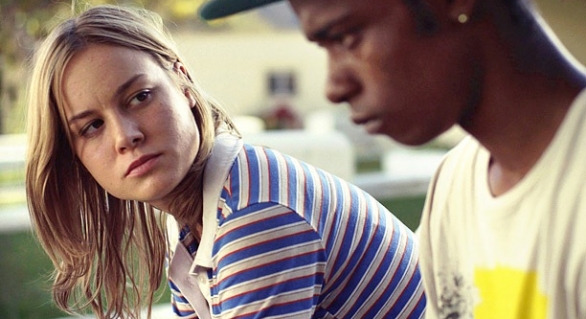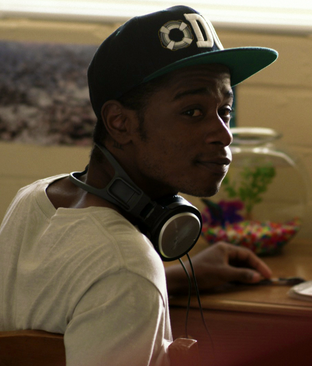Team FYC: Tye Sheridan for Best Actor
 Thursday, December 5, 2013 at 8:01AM
Thursday, December 5, 2013 at 8:01AM In this series we sound off (individually) on their favorite fringe contenders. Here's Philippe Ostiguy on Tye Sheridan in "Mud"

It is no secret that, while the Academy rarely misses an opportunity to reward a young actress’ breakout, it likes to keep the boys running a while longer – in fact, over the past twelve years, female acting nominees have been on average a full eight years younger than their male counterparts. Little Tye Sheridan, then, has virtually no chance of catching voters’ eyes, especially in a field as crowded as this year’s Best Actor category, and with a film that peaked in buzz back in May.
But boy, does he deserve a chance. Previously only seen as The Tree of Life’s youngest, quietest sibling, the seventeen year old gives in Mud a performance of the highest class, one played with evident maturity that nevertheless remains candid and childlike (Sheridan was fifteen at the time of filming). Though it was sold as the story of a runaway criminal, likely to bank on Matthew McConaughey’s involvement, Mud is above all the tale of Ellis’ coming-of-age, as his naïve idealism is confronted with a reality much harsher than he had anticipated. Having lived a sheltered childhood and bumpy family life, Ellis is all too happy to find a role model in McConaughey’s Mud, with his grand talks of love, freedom and independence, and all too unprepared for the kind of letdown his trust sets him up for. Though the veteran gives a first-rate turn as the titular character, it is Sheridan’s much less showy portrayal that gives the film all of its heart. His Ellis is earnest and hopeful, out of his depth but determined to hold it together. The way Sheridan grounds the entire film with his restraint and soul brings to mind Jennifer Lawrence’s breakout as Ree Dolly in Winter’s Bone, albeit with a greener, tenderer character. Ellis’ tenderness is in fact his biggest strength: when he finally lashes out in disappointment, eyes red and voice cracking, he rips your heart out.
 For reminding us adulthood is not a prerequisite for complex, layered and relatable characters, Mud should mark Tye Sheridan’s first Academy Award nomination. But hey: if that doesn’t pan out, he’ll still have David Gordon Green’s acclaimed Joe, David Fincher’s star-studded Dark Places and the central role in the dark indie Grass Stains, all due next year, to cheer him up.
For reminding us adulthood is not a prerequisite for complex, layered and relatable characters, Mud should mark Tye Sheridan’s first Academy Award nomination. But hey: if that doesn’t pan out, he’ll still have David Gordon Green’s acclaimed Joe, David Fincher’s star-studded Dark Places and the central role in the dark indie Grass Stains, all due next year, to cheer him up.

Related Post
Critics Choice Balloting: Eligible Performances for "Best Young Actor/Actress"
previous FYCs
Original Screenplay In a World... | Production Design The Conjuring | Supporting Actor Keith Stanfield | Score Nebraska | Costume Design Lawrence Anyways | Foreign Film Neighboring Sounds | Supporting Actress Cameron Diaz | Picture The Spectacular Now | Make-Up Warm Bodies | Sound Mixing World War Z | Director Edgar Wright | Supporting Actor Ulysses the Cat
 Best Actor,
Best Actor,  FYC,
FYC,  Mud,
Mud,  Oscars (13),
Oscars (13),  Tye Sheridan,
Tye Sheridan,  child stars
child stars 








